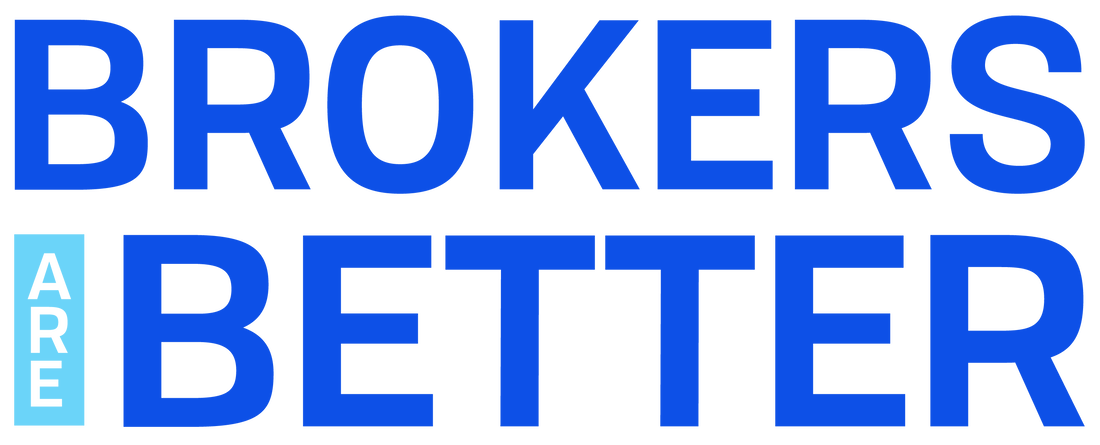|
In the realm of real estate and personal finance, few factors wield as much influence over the affordability of a home as the mortgage interest rate. Whether you're a first-time homebuyer or a seasoned property investor, understanding how these rates are determined can empower you to make informed decisions and secure the best possible terms for your mortgage. Let's delve into the intricate web of variables that shape mortgage interest rates.
1. Loan-to-Value Ratio (LTV): The loan-to-value ratio, or LTV, is a critical determinant of mortgage interest rates. This ratio represents the amount of the loan relative to the appraised value of the property. Typically, the lower the LTV, the lower the risk for the lender, leading to more favorable interest rates. Borrowers with a higher down payment, resulting in a lower LTV, often qualify for better rates due to the reduced risk for the lender. 2. Credit Score of the Borrower: Your credit score serves as a barometer of your creditworthiness in the eyes of lenders. A higher credit score indicates a history of responsible financial behavior and lower risk for the lender, thus translating into lower interest rates. Conversely, borrowers with lower credit scores may face higher interest rates to offset the perceived risk of default. 3. Specific Loan Product: Mortgage lenders offer an array of loan products tailored to meet the diverse needs of borrowers. Each product comes with its own set of terms, conditions, and interest rate structures. Fixed-rate mortgages, adjustable-rate mortgages (ARMs), FHA loans, VA loans, and jumbo loans are just a few examples of the myriad options available. The specific loan product you choose will significantly impact the interest rate you receive. 4. Loan Type: The type of loan you select also plays a pivotal role in determining your mortgage interest rate. For instance, fixed-rate mortgages feature interest rates that remain constant throughout the life of the loan, providing stability and predictability for borrowers. In contrast, adjustable-rate mortgages start with a fixed interest rate for an initial period before adjusting periodically based on prevailing market rates. The initial rate on an ARM may be lower than that of a fixed-rate mortgage but carries the risk of future rate hikes. 5. Size of the Loan: The size of the loan, often referred to as the loan amount or principal, influences the interest rate offered by lenders. In general, larger loan amounts may command higher interest rates due to the increased financial exposure for lenders. Conversely, smaller loans may qualify for more competitive rates, all else being equal. 6. Economic Factors: Beyond borrower-specific metrics, broader economic conditions also exert influence over mortgage interest rates. Factors such as inflation, unemployment rates, and monetary policy decisions by central banks can impact the direction of interest rates in the market. Lenders closely monitor these economic indicators to assess risk and adjust their lending rates accordingly. In the intricate landscape of mortgage lending, interest rates emerge as a multifaceted product of numerous interconnected variables. From the borrower's financial profile to prevailing economic trends, a myriad of factors converge to shape the rates offered by lenders. By comprehending these determinants, prospective homebuyers and refinancers can navigate the mortgage market with greater clarity and confidence, unlocking opportunities to secure favorable terms for their housing financing needs.
0 Comments
Leave a Reply. |
THE Road to Home TeamThere is a lot to learn about mortgages and real estate. We are here to help! Check out our blog posts! Archives
May 2024
Categories |
 RSS Feed
RSS Feed



